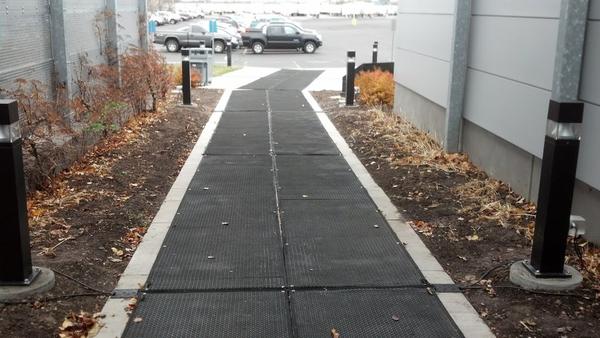
Among the many duties of facility managers, keeping your building occupants safe by preparing for winter storms ranks high on the list. There is much involved in being ready for extreme winter weather, some of it only the concern of a manager. However, there are also things that every employee needs to know about your winter preparedness plan—this, long before the first snowflakes even fall.
Here are three things you should make your entire staff aware of as the winter season commences:
1. The types of snow events and their level of concern
How well your employees prepare for winter storms will depend, in part, on how well they know some basic meteorological terminology and the dangers posed by each type of winter storm.
- Snow flurries means that light snow will be falling for short periods of time with little or no accumulation. Nevertheless, employees should watch their step in and out of the building and drive with care
- Snow squalls are a little more intense than flurries, consisting of short bursts of heavy snowfall and plenty of wind
- Snow showers generally leave significant accumulation, thus employees may need to wait for the snow crew to clear off walkways and parking lots
- Blowing snow refers either to snow blowing sideways in the wind as it falls or to fallen snow being picked up and whipped along the ground by heavy winds
- Ice storms refer to hail, sleet, or freezing rain
- Blizzards are snow storms with winds of 35 miles per hour or more. A blizzard generally cuts off visibility for drivers and usually lasts at least a few hours
2. How to stay informed and ready to respond
Once the employees know which types of storms to be concerned about and how to respond to each type, they need to know how to keep themselves informed. This means both tuning in to storm warnings from weather stations and communicating with company management in a prescribed way.
All employees must be trained to follow emergency evacuation plans, including:
- evacuation routes
- outdoor gathering points
- proper procedure
Each employee needs to be given a copy of the emergency action plan, and it also should be posted in a highly visible location. Any updates or changes to the plan should be communicated without delay.
Emergency-action plans for snow-ins and brown-outs also need to be covered during orientation. Employees should be informed of the safest routes in and out of the building and should know when, or in what sequence, snow and ice will be removed.
3. How to stay safe during an emergency
Occasionally, winter weather may not permit buildings to be evacuated for several hours or even the greater part of a day. Employees need to know where to receive bottled water and nonperishable food supplies, whom to ask if they need medical supplies, where to find and how to use a first-aid kit, the location of fire extinguishers and how to safely use them, and where to access blankets and additional winter clothing.
Specific employees should be assigned to manage portable space heaters, prevent pipes from freezing, and run emergency generators.
Not only is it critical to have a winter-storm readiness plan in place, but it is essential that all employees are fully informed so that everyone will know what to do when a storm hits.

